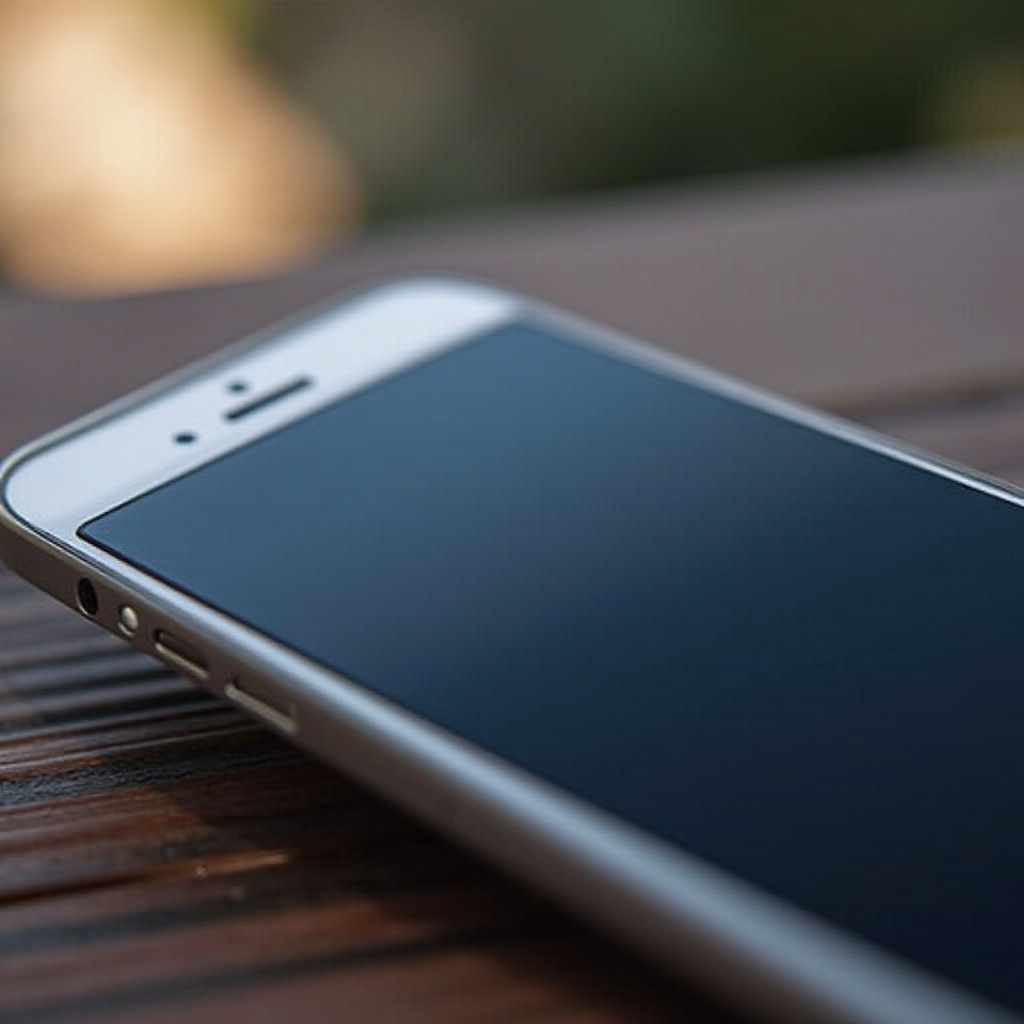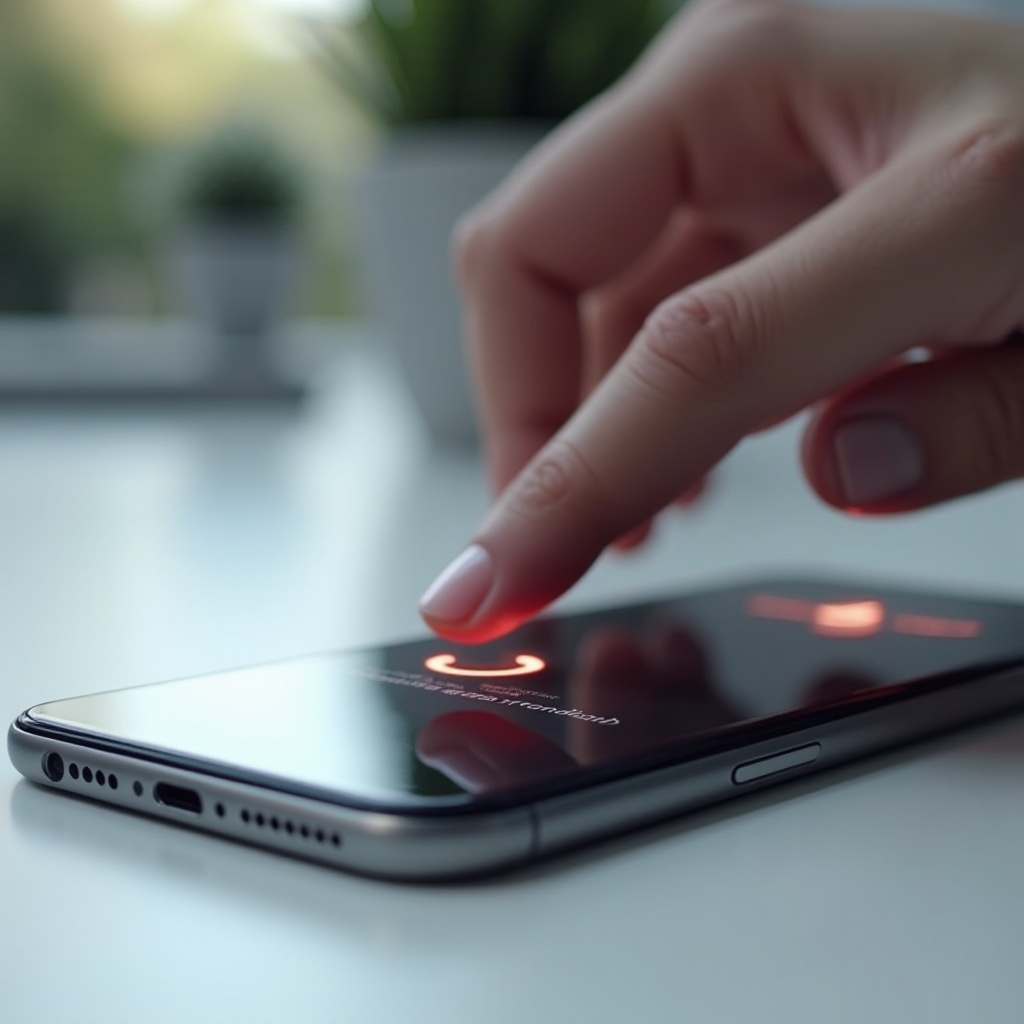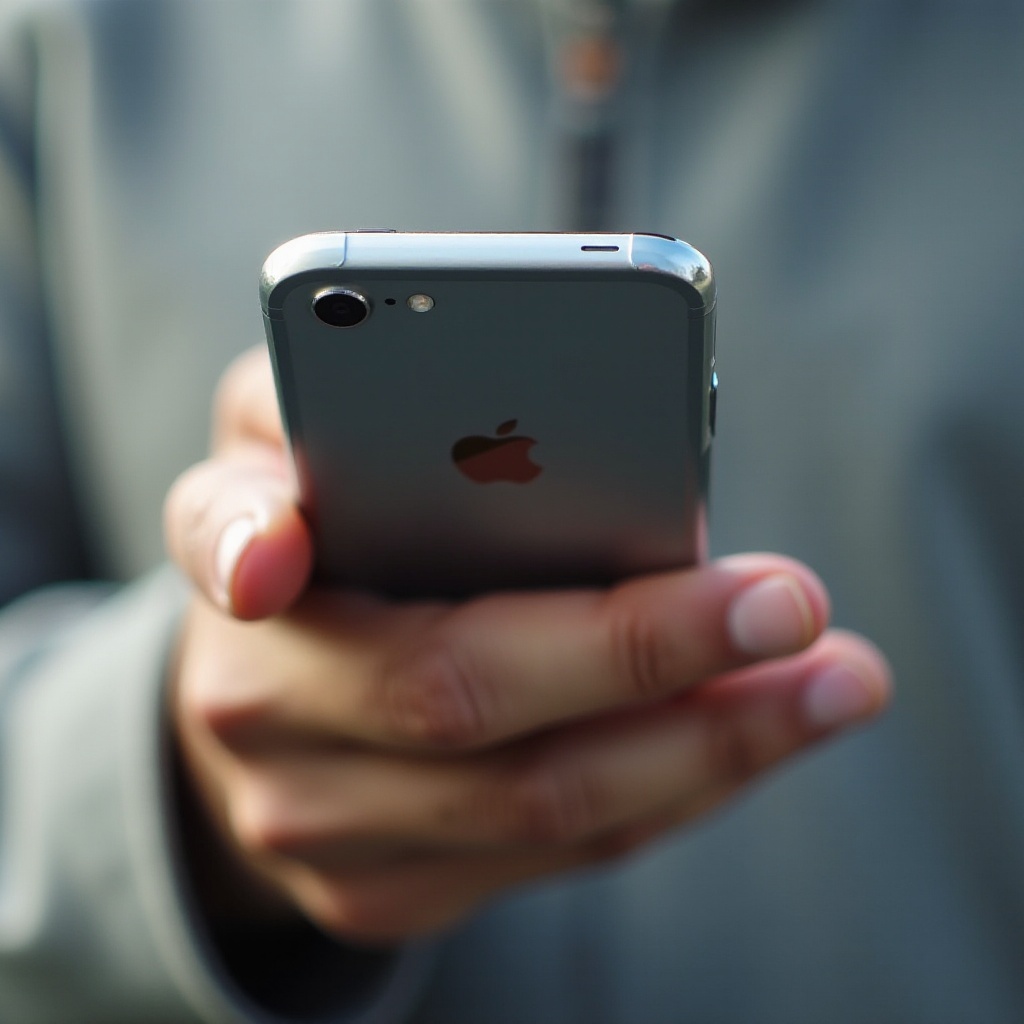Introduction
Apple enthusiasts were thrilled about the iPhone 15’s release and its anticipated features. A key point of curiosity was whether the latest model would continue to support 3D Touch, a technology that once redefined user interaction in mobile devices. This article delves into the evolution of touch technology in iPhones, assesses the iPhone 15’s current touch functionalities, and anticipates future trends in smartphone interaction.

The Evolution of Touch Technology in iPhones
The journey of touch technology in iPhones is marked by significant innovations, with 3D Touch standing out as a notable advancement. Introduced with the iPhone 6S, 3D Touch allowed users to interact with their devices through varying degrees of pressure, unlocking new levels of functionality and ease of use.
The Origin and Rise of 3D Touch
3D Touch was a groundbreaking feature, delivering a more dynamic and versatile user experience. It enabled functions like ‘peek’ and ‘pop’, which let users preview content without fully opening it. This technology enriched the way users engaged with their apps, providing shortcuts and enhancing efficiency. Despite its innovative nature, over time, the demand for a more streamlined and universally accessible touch technology grew.
Transition to Haptic Touch
As technology advanced and user habits shifted, Apple introduced Haptic Touch, a more streamlined solution. Haptic Touch emerged as a simpler, more unified way to interact with devices, using a long press and subtle vibrations to provide feedback. This transition reflects Apple’s dedication to enhancing user experience by simplifying interactions and focusing on usability across its devices.
Examining iPhone 15: Touch Features and Innovations
Apple’s iPhone 15 continues to build on this trajectory of innovation, fine-tuning its touch technology to meet modern user expectations. Although 3D Touch was a much-anticipated feature, Apple’s focus remained on optimizing existing technologies like Haptic Touch.
Overview of iPhone 15’s Display and Touch Technology
The iPhone 15 boasts a state-of-the-art display, designed to offer smooth and seamless interactions. It supports high sensitivity and rapid responsiveness, elevating the overall user experience. By enhancing the touch recognition and feedback system, Apple ensures that users benefit from a more intuitive interaction with their devices, even without 3D Touch.
Key Differences from Previous Models
Several improvements set the iPhone 15 apart from its predecessors. While previous models relied on pressure detection, the iPhone 15 focuses on refining touch accuracy and speed, making the device more user-friendly. These updates demonstrate Apple’s commitment to maintaining innovation while addressing consumer demands and expectations for straightforward technology.
The Absence of 3D Touch in iPhone 15: Understanding the Change
The iPhone 15 marks a pivotal moment in Apple’s approach to its touch interface, notably by excluding 3D Touch. This decision aligns with broader trends across the tech industry to simplify interfaces and improve functionality.
Reasons Behind Phasing Out 3D Touch
Phasing out 3D Touch comes down to a combination of cost, complexity, and user adoption. Incorporating pressure-sensitive technology complicated device manufacturing and maintenance. Additionally, data indicated that most users didn’t fully exploit the capabilities of 3D Touch. By moving towards more universally appreciated features, Apple allows for more consistent and integrated user experiences.
Technological Advancements and User Experience
The enhancements in touch functionality reflect Apple’s focus on technological advancement that directly improves the user experience. Haptic Touch’s seamless integration across Apple’s ecosystem ensures quick responses and a natural feel, aligning with the evolving expectations for smartphone interactions.
Haptic Touch: The Successor of 3D Touch
Haptic Touch has effectively replaced 3D Touch as a key feature of Apple’s latest devices, offering a straightforward interface that appeals to a broad user base.
Technical Details of Haptic Touch
Haptic Touch implements long press gestures, offering functionalities similar to those previously provided by 3D Touch. It uses vibration feedback to signal interaction completion, enriching the tactile response without the need for pressure sensitivity. This technology simplifies the interaction process, enhancing usability and consistency.
User Reactions and Expert Reviews
User feedback on Haptic Touch has been largely positive, with many praising its straightforwardness and ease of use. Expert reviews frequently note the effectiveness of Haptic Touch in replacing the needlessly complex 3D Touch, appreciating the fluidity and efficiency it brings to everyday tasks.

Implications for Users and Market Trends
The evolution from 3D Touch to Haptic Touch illustrates broader shifts in user preferences and market trends. Understanding these implications helps decipher the future direction of smartphone interaction design.
User Adaptation and Feedback
The transition has been smooth for most users, who appreciate Haptic Touch’s intuitive nature. By focusing on simplifying tech interactions, Apple ensures that their devices remain adaptable and user-friendly, which is crucial in a market driven by consumer demand for simplicity.
Impact on the Smartphone Market
Apple’s move reflects a larger industry trend towards optimizing user experience through simplicity. Other manufacturers may follow suit, especially as consumer preferences lean towards technologies that are effective yet uncomplicated. This shift underscores a growing trend in the technology sector to prioritize genuine user experience enhancements.

Conclusion
While the iPhone 15 does not feature 3D Touch, its exclusion marks a strategic shift towards more accessible touch technology. Haptic Touch provides a more streamlined and intuitive experience, aligning with Apple’s long-term innovation goals. As technology continues to develop, looking forward, Apple remains committed to integrating technologies that not only enhance their devices but meet the users’ evolving expectations.
Frequently Asked Questions
Why did Apple discontinue 3D Touch in the iPhone 15?
Apple phased out 3D Touch due to high production costs, limited user adoption, and a shift towards simplifying touch technologies.
How does Haptic Touch compare to 3D Touch in terms of functionality?
Haptic Touch offers straightforward interactions and feedback without the complexity of pressure sensitivity, making it more user-friendly.
What are the expected future trends in iPhone touch technology?
Future trends point towards refined haptic feedback and seamless touch technology integration to enhance user interactions.
